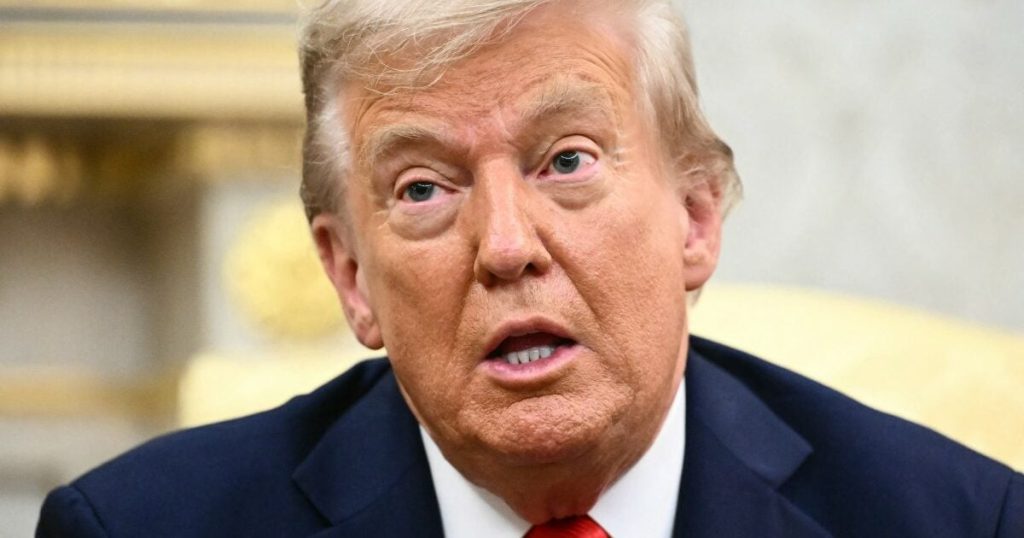The landscape of skilled worker immigration to the United States is undergoing a significant transformation with the introduction of a new executive order signed by President Donald Trump. This order, slated to take effect on September 21, 2025, imposes a substantial $100,000 annual fee on companies seeking H-1B visas for highly skilled foreign workers, representing a dramatic increase from the current fee of approximately $1,500. This new policy aims to incentivize companies to prioritize hiring American workers, with Commerce Secretary Howard Lutnick suggesting that the hefty fee will force companies to evaluate the true value of a potential foreign hire against the cost of recruiting domestically. The administration believes this measure will ultimately strengthen the American workforce and reduce reliance on foreign talent. This move marks a significant departure from the established system and raises questions about its potential impact on the American economy, particularly in sectors heavily reliant on specialized skills.
The H-1B visa program, with its annual cap of 85,000 visas, has long served as a crucial pipeline for American companies, particularly in the technology sector, to access a global pool of highly educated and skilled professionals. It has been instrumental in filling critical roles, driving innovation, and contributing to the overall growth of the US economy. Critics of the new fee structure argue that this substantial increase will severely hinder the ability of American companies, especially small and medium-sized enterprises, to compete globally. They contend that the exorbitant cost will discourage companies from hiring foreign talent, leading to a shortage of skilled workers and potentially stifling innovation. Furthermore, they argue that the assumption that readily available qualified American workers exist to fill these positions is often inaccurate, especially in highly specialized fields.
The executive order also introduces a “gold card” system, a separate immigration pathway designed to attract high-net-worth individuals. This system offers expedited immigration processing to affluent individuals willing to pay a significant fee, starting at £1 million. This provision aims to attract investment and capital into the United States, potentially stimulating economic growth. However, critics raise concerns about the potential for this system to create a two-tiered immigration system, favouring the wealthy while further restricting access for skilled workers who may not have substantial financial resources. The juxtaposition of these two initiatives—the increased H-1B fee and the “gold card” system—highlights a shift in immigration policy toward prioritizing wealth over skills and talent.
This executive order represents the latest in a series of measures implemented by the Trump administration aimed at reshaping immigration policies. Recent actions include a pilot program requiring bonds of up to $15,000 for some tourist and business visas, introduced last month, and a travel ban restricting entry from 12 nations, announced in June. These measures reflect a broader trend towards stricter immigration controls and a prioritization of domestic workers. The cumulative effect of these policies is anticipated to have far-reaching consequences for the American economy, the global workforce, and the overall landscape of immigration to the United States.
The implications of the $100,000 H-1B visa fee are far-reaching and multifaceted. For businesses, this new fee structure will necessitate a fundamental reassessment of hiring strategies and talent acquisition pipelines. Companies will need to weigh the cost of sponsoring a foreign worker against the potential benefits they bring to the organization. This may lead to increased investment in domestic talent development and training programs, as well as a potential shift in business operations to countries where skilled labor is more readily available and affordable. The impact will be particularly acute for smaller businesses and startups, which often rely on the H-1B program to access specialized talent they cannot afford to recruit domestically.
From a broader economic perspective, the increased fee could negatively impact the competitiveness of American businesses in the global marketplace. By restricting access to a global talent pool, American companies may struggle to innovate and maintain their edge in rapidly evolving industries. This could also lead to a slowdown in economic growth and a decrease in job creation, particularly in sectors heavily reliant on skilled foreign workers. Furthermore, this policy shift could damage the United States’ reputation as a welcoming destination for global talent, potentially discouraging highly skilled individuals from pursuing opportunities in the US and choosing to contribute their skills and expertise to other countries with more favourable immigration policies. The long-term consequences of this policy remain to be seen, but the potential for significant disruption to the American economy and the global landscape of skilled labor is undeniable.


